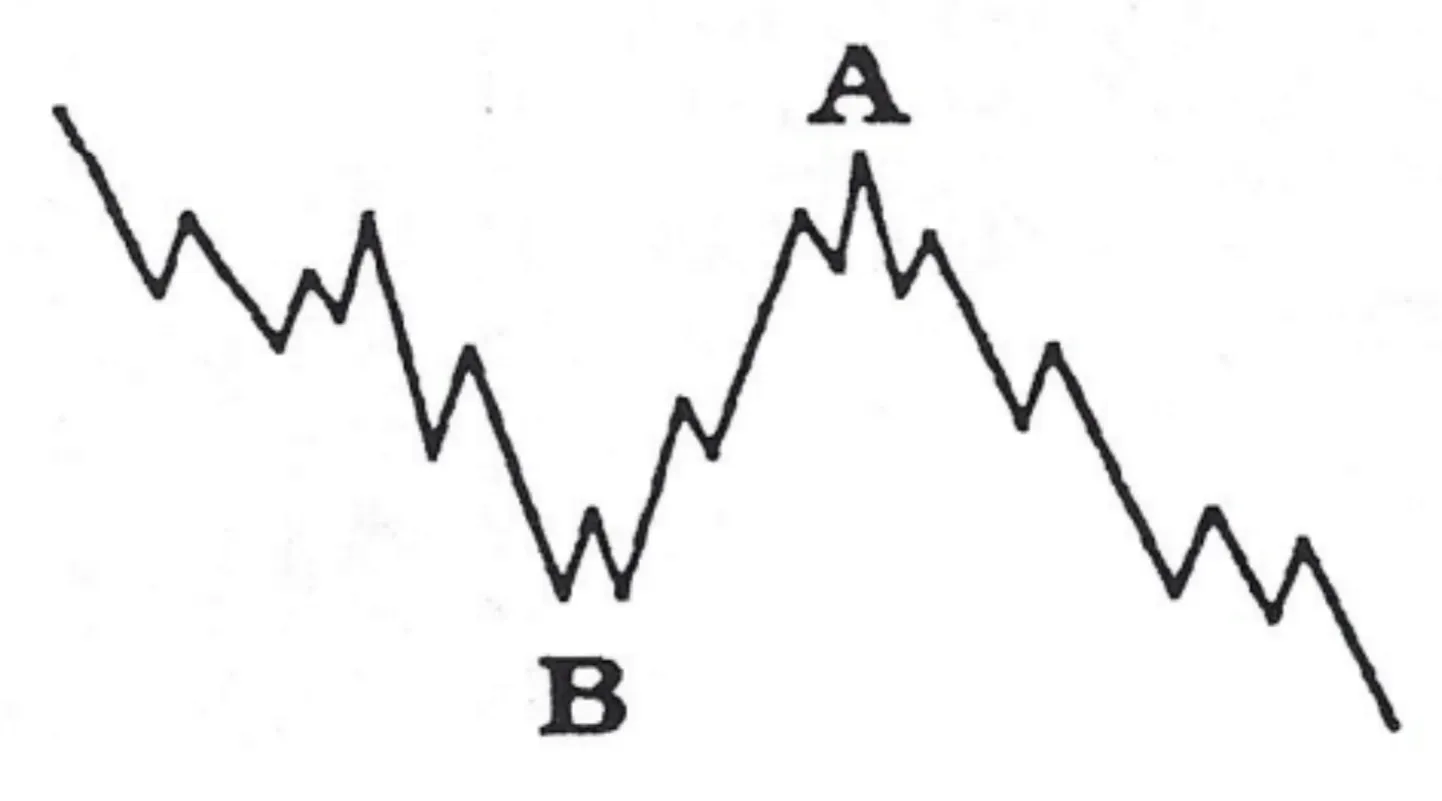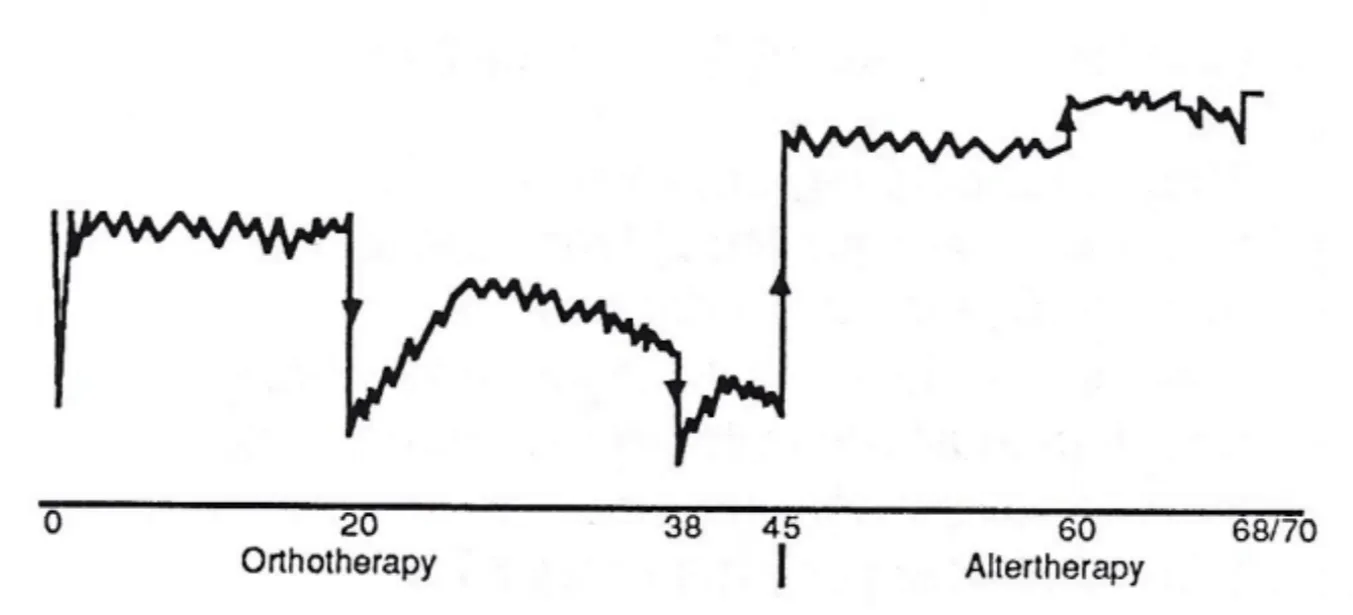Pseudo-Skepticism
George W. Pirie - 1st May 1989
A virus has inflicted NZCSICOP, analogous to computer viruses that print messages if mild, but self-destruct if severe. The carrier is the ortho-skeptic, acting as a mole in the secret service, programmed to turn Skeptics into pseudo-skeptics, or pskeptics for short.
The ortho-skeptic, indoctrinated by an orthodox discipline, claims to have the One True Criterion by which all alternative disciplines must be judged, as a religion dealing with heresies. The pskeptic, brainwashed by the orthoskeptic, thereafter accepts the latter’s views without question, ceasing to be a Skeptic, and at times becoming a cynic if not a sycophant.
The religion is orthodox medicine; the heresies are alternative therapies; the printed messages read ‘Quacks’ or ‘Medicine Right’, never ‘Down with Medicine’. It is all dogma, not science or real skepticism.
In practice the strategy has gone awry. The battle against Chiropractic was fought and lost in 1978-9, when the Commission of Inquiry, at enormous cost, found substantially in favour of the alter-therapy1. The medical submission itself fared badly in the court of a skeptical Commission1. The report slammed the American Anti-Alternative Therapy Lobby (AAATL), which anti-chiro circus brought no credit to itself or the NZ medical case, tainted by the chicanery that was exposed1.
So much for chiropractic. What of acupuncture and homeopathy? The position there is equally unsatisfactory for two reasons. Firstly neither therapy has the type of scientific background to make it acceptable, yet both are being used by qualified doctors. In that respect they are no different from chiropractic. For as the Commission was actually sitting, doctors and physiotherapists were taking weekend courses in spinal manual therapy, treating patients unsupervised, not even quarter-trained!1 No double-blind trials, just pragmatism or opportunism. If you can’t beat them, join them.
Acupuncture has also been accepted by some doctors without any scientific basis, but merely following a visit by some doctors to China to see it in action.
Homeopathy is different, in that there are recognised schools overseas, that train qualified doctors in the anti-therapy, replacing much of their ortho-teaching. It was therefore ironic that Skeptics should be subjected to an AAATL-type argument against it, when the speaker had unfortunately omitted to locate double-blind trials in favour of the scorned alter-therapy. Also the celebrated experiments reported in Nature about ultra dilute solutions are not yet resolved.
The attack against homeopathy was therefore irregular for three reasons:
- It did not conform to Proper Criticism2;
- It did not conform to the Skeptical Attitude2;
- There was no opportunity to hear the other side of the argument.
However an alert member’s pertinent question about pro-homeopathic trials might have warned skeptics that there was a big chink in the ortho-med armour, ruining its case. For in science one exception disproves the theory.
Such attacks ought not in any event to form part of a Skeptics conference, until definitive answers have been obtained. Until then the matter is strictly an internal squabble awaiting scientific resolution.
The same argument applies to the combination of Electro-Acupuncture and homeopathy developed by Voll (EAV), that awaits further scientific scrutiny, rather than being damned by AAATL-type bias. Homeopathy and EAV admittedly rely on methods that appear to contradict Avogadro’s Law, if it is applicable. Until further scientific tests have been completed, the skeptic should ‘maintain a position of uncertainty when there is insufficient or ambiguous evidence’ and ‘avoid cynicism’.
In the meantime homeopathy is in the interesting position of “Heads I Win, Tails You Lose”, or is it Catch 22.
It depends on the possible outcomes of future scientific study, that will be of great interest to skeptics.
A. Homeopathy equals placebo;
B. Homeopathy better than placebo;
C. Homeopathy equal or better than ortho-med!
In case A, millions of homeopathic patients world wide will have shown that sympathy plus placebos ‘cure’ many common problems without medicine. In case B, the very philosophy of ortho-med is under question, and the relevance or truth of an accepted scientific law. In case C, the very future of ortho-med is at stake, and of the allopathic drug industry. (Is that the real reason for the existence of the AAATL?)
Perhaps members would like to predict the outcome, to be published by the Editor in our next Newsletter?
Now we come to a serious matter for Skeptics; the article titled Health Delusions. The Freireich Plan reads as a typical AAATL gambit, and it is astonishing that no members appear to have questioned the obvious loopholes in his argument, reprinted without comment. The article starts unscientifically and cynically—all the things that should be avoided if NZCSICOP is not to become the stooge of the AAATL. The Freireich Plan rests on two unwarranted assumptions, that should have been questioned.
First it assumes that altertherapists could somehow contrive to meet and treat their patients at point B of their assumed health cycle, when they were just going to recover to point A without therapy”. Secondly it assumes that all diseases have such cycles, which they do not. Some may, but others don’t.

At least five questions should have been posed by an alert Skeptic, and one wonders whether members read their Newsletter skeptically!
- Why choose to seek treatment other than at B?
- How can altertherapists select their patients accordingly, unless psychic?
- How can ortho-med avoid the same situation?
- Is the Freireich graph true? Its time scale?
- Do all complaints follow such trends?
After nearly 2 years of deliberation the Chiropractic Commission showed some of these assumptions to be false.1 Here is the Pirie health graph for comparison, typical of many submissions to that Inquiry.

0 Allergy to dairy products unrecognised by ortho-meds.
20 Broke legs and skull. Right leg 1 1/2 inches shorter than left.
38 Poliomyelitis. Progressive deterioration in lower back and all other problems.
45 Chiropractic treatment by newly qualified chiropractor.
60 N.E.T. problems solved by homeopath.
68/70 After 5 ineffective antibiotics reverted to altertherapy.
NOTE: Vertical scale comparative not absolute.
As a professional patient Pirie asked the Commission:
- Do walking sticks cure the cause of musculo-skeletal problems?
- Does 3/4 inch build up cure 1 1/2 inch shortage in R. leg, or does it not affect patient’s health and back problems?
- Do aspirins cure the cause of migraine headaches?
- Do aperients etc cure the cause of constipation?
- Do dark glasses cure the cause of eyestrain?
- Do nasal sprays, anti-biotics, 4 NET operations cure the cause of chronic NET problems over 60 years?
Yet all these diseases disappeared immediately after altertherapy, after a lifetime of recurrent discomfort and pain, in which ortho-med had only treated the symptoms not the cause.3
Pirie had discovered for the first time in his life what it felt like to be well. His street survey confirmed this type of reaction, that showed 25% attending chiropractic.3
The Commission found Pirie’s experience typical.! It is also typical of other altertherapists, most of whose patients are the lifetime failures of ortho-med, only seeking altertherapy “as a last resort”, and “skeptically”.1
The altertherapist would not indeed survive without success where others had failed. The sad truth is, of course, that ortho-meds only hear about the altertherapist’s failures, and judge them—misjudge might be a better word—only by those failures. And Vice Versa! For there is no proper communication between them. The GP often reacts violently when told of altertherapy success, so is not told in future, and therefore does not learn whether or how the patient has been cured. This is a shocking state of affairs.
A pskeptic has suggested that manipulation by physiotherapist might be better than a patient visiting a chiropractor direct. There are three sound reasons for rejecting this ortho-suggestion:
- Few ortho-meds recognise when or which patients might benefit from spinal manual therapy, so most go untreated.1
- The physio would normally be restricted in the degree of treatment or advice offered.1
- The physio’s training was found by the Commission to be well below that of the chiropractor or doctor.1
The same arguments apply to other altertherapies. A GP is simply not qualified to recognise when or which other treatment might be beneficial, besides which medical ethics would not permit it.! In fact no one is qualified in this field, so patients have to make their own referrals, to choose whether to:
- Carry on with the palliatives or unsuccessful orthotherapy, accepting their fate, that nothing more can be done.1
- Be treated by a virtual amateur in an altertherapy, the partially-trained ortho-med.1
- Go directly to the altertherapist, who is at least a full-time practitioner; whose treatments have proved successful in the past, and who has become a trusted healer.1
Incidentally the altertherapists’ so called long first consultation (51 mins) is actually short, when compared with dozens of fruitless visits to ortho-meds.
The majority of GPs are virtually members of the AAATL as a result of their indoctrination. Those GPs who have adopted some heresies—manipulation, acupuncture, homeopathy, holistic medicine—are often mere dabblers in a field that might better be covered by full-time specialists, who follow the philosophy as well as the practice of that altertherapy.
It should be stressed that a few dramatic ortho-successes against virulent diseases—a great tribute to their inventors—does not automatically prove the field results or the philosophy of medicine as a whole. In fact the failure rate suggests otherwise.
The proper course for Skeptics in these controversies is to “seek all relevant factual evidence concerning an event, claim or theory”, (add therapy). That should include an analysis of failure rates and their reasons for ortho-meds and alter-therapists alike. The true skeptic should also ask whether present medical ethics act in the best interests of science, let alone patients.1
The past record of ortho-med gives little confidence in their future, in view of the number of sound therapies that were originally rejected out of hand.1
NZCSICOP should adhere to its aims in these matters, and ensure that the new medical sub-committee do the same.
They might ask whether double-blind trials could resolve some of these issues, that involve the personal skill of the therapist, the choice of therapy, as well as other variables. A homeopath, for example would treat the same major symptom differently for different patients. Therefore the only judge is success in the field. The survival of the fittest?
Neither do we know enough about the potential ill-effects of anti-biotics or herbicides on human health and immunology, to dismiss such fears cynically.
Finally could one ask if there are any medical skeptics.
That is ortho-meds who are skeptical of their own discipline. Not ortho-skeptics or pskeptics but true medical Skeptics?
References:
- Chiropractic in NZ. Report of the Commission of Inquiry, 1979.
“We know of no similar inquiry overseas in which the facts have been more thoroughly investigated and tested”. xviii
“By the end of the inquiry we found ourselves irresistibly and with complete unanimity drawn to the conclusion that modern chiropractic is a soundly based and valuable branch of health care in a specialised area neglected by the medical profession”.
Chapter 1/10.
- N. Z. Skeptic, Newsletter Number 8, November 1987.
Cover page, Proper Criticism, Ray Hyman. p6 NZCSICOP Reprint of Statement of Aims.
p8-12 Health Delusions, Denis Dutton’s address to Aus/NZ Health Inspectors Conference, Christchurch, 15th October 1987. Freireich Graph p9.
- Pirie street survey. New subdivision, 52 adults. All 13 chiropractic patients satisfied, 4 very. 6 osteopathic patients satisfied. None satisfied with ortho-med back treatment. Auckland Chiro/Osteo ratio 2:1. One adult had been persuaded not to continue chiropractic treatment 25 years previously by ortho-med.
Pirie ‘Jury’. Being warned privately against Chiropractic, Pirie had asked the first 12 chiropractic patients found for their reactions. All 12 were enthusiastically in favour. Although this sample is skew, because all 12 had no success with ortho-med beforehand, the odds against finding 12 in a row are astronomical if the ortho-med argument is sound. Extract from Pirie submission to inquiry.
Excerpts from report copied and sent to editor.